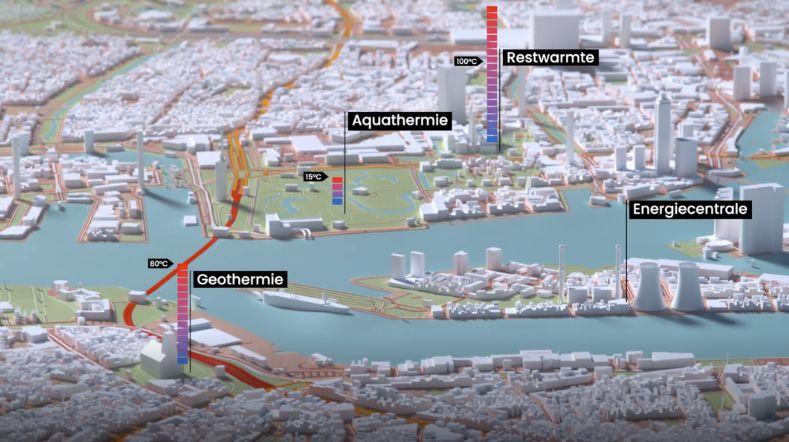Consortium with TNO searches for Stone Age remains at the bottom of the North Sea
The Geological Survey of the Netherlands (GDN), part of TNO, is working with six European scientific institutions to develop and test a method to find traces of Stone Age habitation at the bottom of the North Sea. It is currently difficult to link submerged archaeological heritage, created when the North Sea was dry during the last ice age, to the place where it was formed. The European Union has provided €13.2 million in funding for the improved identification of, and targeted sample collection from, source areas of this material.
During the last ice age, sea level was around 100 metres lower than it is now. At that time, the Dutch area of today's North Sea was part of one of the most attractive areas on the European continent to live in. This is evident from chance findings trawled up by fishing nets. From the end of the ice age, when sea level began to rise, this fertile land gradually flooded. Now it is deep below the surface of the sea and buried under a layer of sand or mud in many places.

"Early identification of archaeologically significant sites on the seabed can potentially limit undesirable effects of the construction of wind farms and associated infrastructure. This is one of the reasons why our research is important."
Seabed: a foundation for wind energy
With a national target for offshore wind capacity of 21 gigawatts by 2030 and the prospect of around 70 gigawatts by 2050, the density of wind farms in Dutch waters will be high. "Wind-farm areas and cable routes are no longer accessible for this type of research after construction. So it is now or never. Thanks to national and international collaboration, we benefit from a detailed and applicable knowledge base that is essential to tackle the major challenges of the energy transition, but also contribute to this knowledge base ourselves." says Sytze van Heteren.

Collaboration with partners
As a partner in the SUBNORDICA consortium, the GDN will work closely with the University of Bradford, the Flanders Marine Institute and the University of York. In preparation for extensive measurement campaigns at sea, the GDN provides knowledge on the predictive value of geology for the presence of submerged archaeological heritage from more accessible land and shallow-water sites, such as the Flevoland polder in the central Netherlands. That knowledge is used to target seismic profiling, drilling and video exploration of the seabed as effectively as possible.
In addition, the GDN uses machine learning to develop algorithms that can identify sediment and archaeological indicators in seismic profiles and drill cores. This will make it possible to gradually zoom in on the most promising sites.
The SUBNORDICA project will start in early 2024 and will run for six years. The first results are expected after around one year. The EU has made an ERC Synergy Grant of €13.2 million available for SUBNORDICA. Lead scientists from Moesgaard Museum, Aarhus University and the German research institute NIhK are also involved in the consortium.
Get inspired
TNO–SodM–NIOZ: ‘Methane emissions in the North Sea often linked to shallow natural gas’
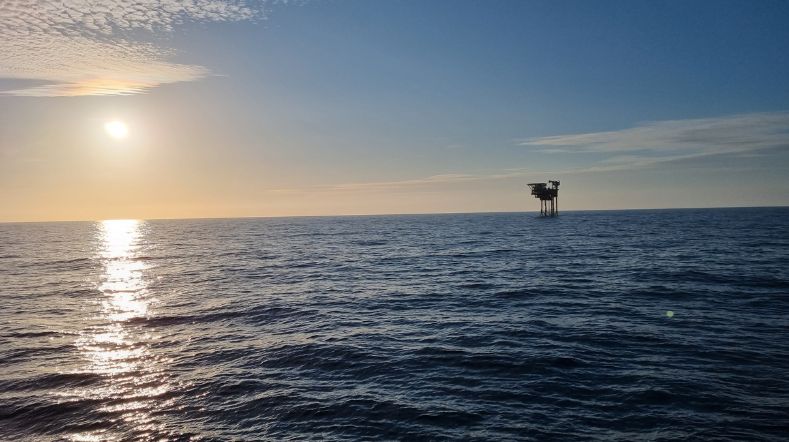

Heat
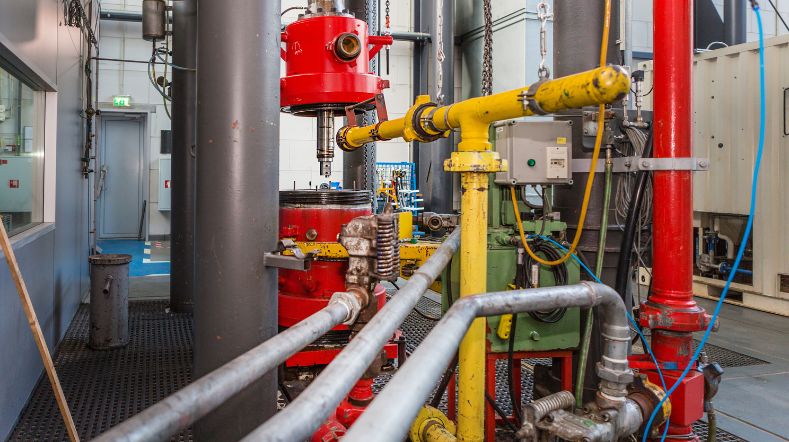

Geothermal energy: sustainable heat from the subsurface
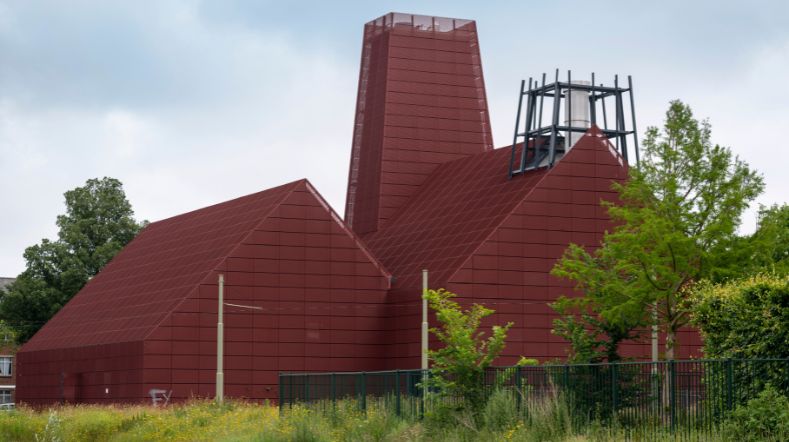

Smarter storage: how TNO optimises thermal energy storage
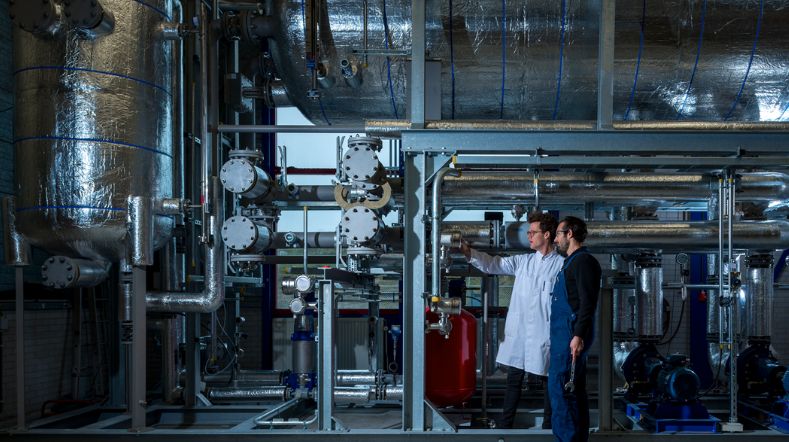

Heat system integration: aligning all the pieces
